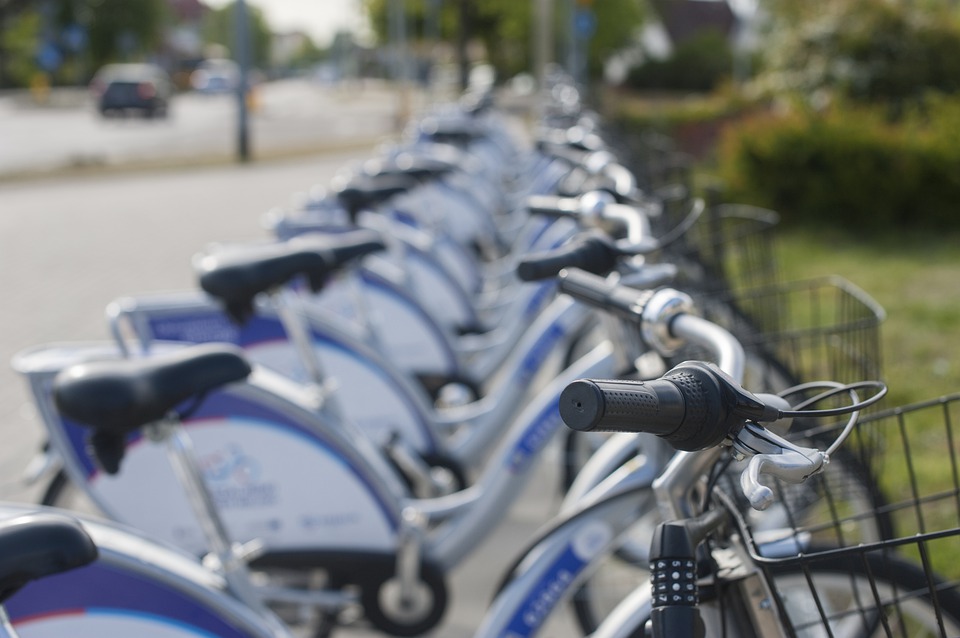It might sound overly cautious, but if you’re going to get the most out of your bicycle, you need to have some training.
Whether you’re riding across rough terrain or enjoy some urban cycling, it’s important that you know what you’re doing in order to stay safe.
If you stop and think about it, a similar approach is required no matter what kind of transport you’re operating.
Pilots need many qualifications. You need to have lessons or some sort of crash course to drive a car. Truck drivers have specialist training. You get the picture.
So, what are your options for bikes?
If you’re mountain biking, then it’s not compulsory to pass any kind of test. However, there are loads of training options out there (which implies there’s a need). These courses can teach you how to administer first aid, share the outdoors and push yourself to the limit.
When it comes to getting around on 2 wheels in towns and cities, it’s all about the cycling proficiency test. This has been around for a while in the UK (since 1947).
For more than 60 years, it served as a minimum recommended standard for cycling on British roads but it has now been superseded by the new National Standards for Cycling Training (more commonly known as Bikeability).
Developed by the Department for Transport, Bikeability is primarily for children and young adults. However, the activity sheets are optional. In reality, anyone of any age can take this course. And they probably should.
Regardless, the Bikeability course basically covers 3 things.
Firstly, riders master cycling skills in traffic-free environments. That’s level 1. Level 2 is all about cycling on single-lane roads and handling simple junctions with moderate levels of traffic. Then, once confidence has been established, level 3 deals with busier roads and more complex junctions.
After completing the training, cyclists are given a booklet, badge and a certificate. It isn’t compulsory, but wannabe riders must consider the alternatives. How are you supposed to enjoy cycling to the shops, the park or commuting to work if you don’t know how to keep yourself and others safe?
If you’re interested in learning more, this is a great resource. And essentially, don’t be too proud. Whether we’re talking about making bike checks, changing gears, signaling or sharing space with pedestrians, cars and other cyclists, there’s a lot to learn.
Perhaps you shouldn’t just ignore the possibility of some training. Don’t just hop on your bike. Instead, consider how much more fun you’re likely to get out of your bicycle if you know how to safely push it (and you) to the limit.
Training isn’t about sitting through boring materials and getting a pat on the back. It’s about maximising the equipment in a way that’s safe. You know you should wear a helmet for protection. You know you should where hi-vis gear when you’re cycling in busy areas at night. What else aren’t you aware of though?



